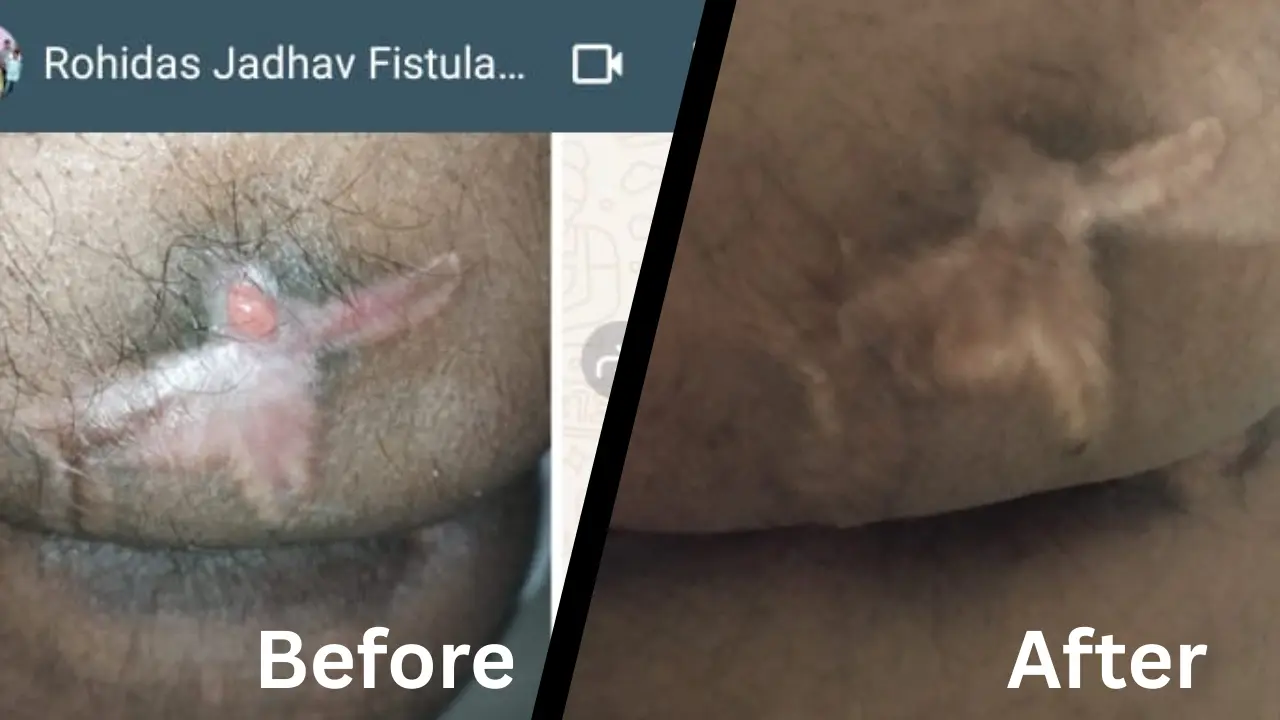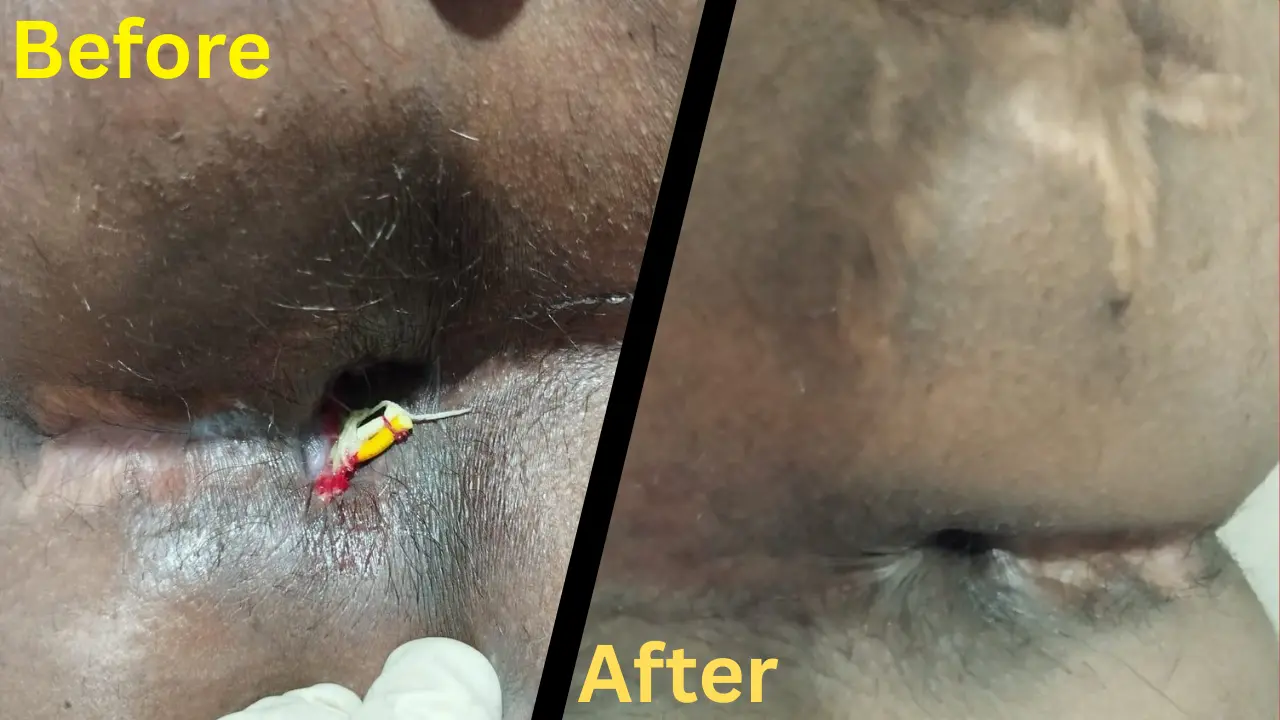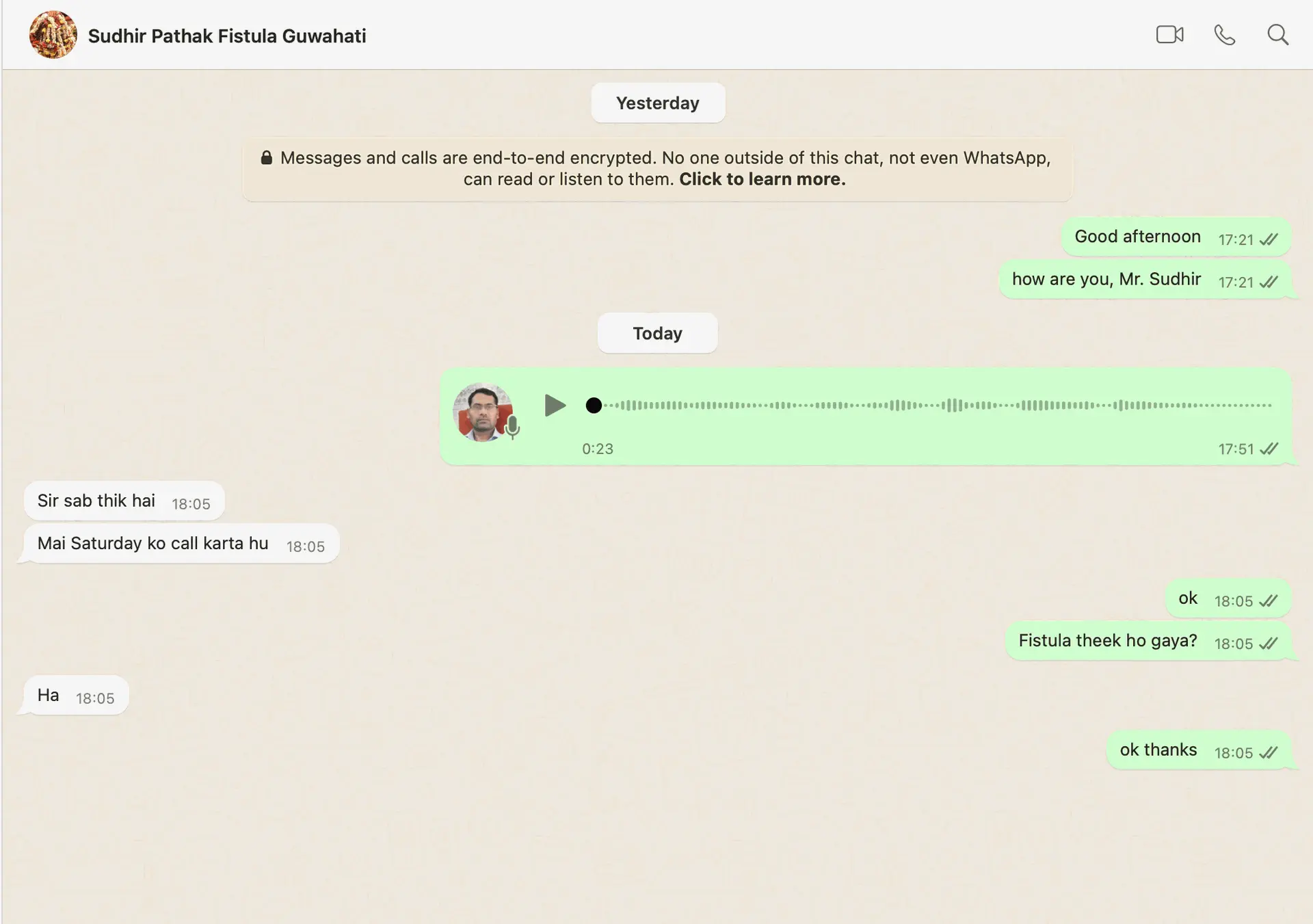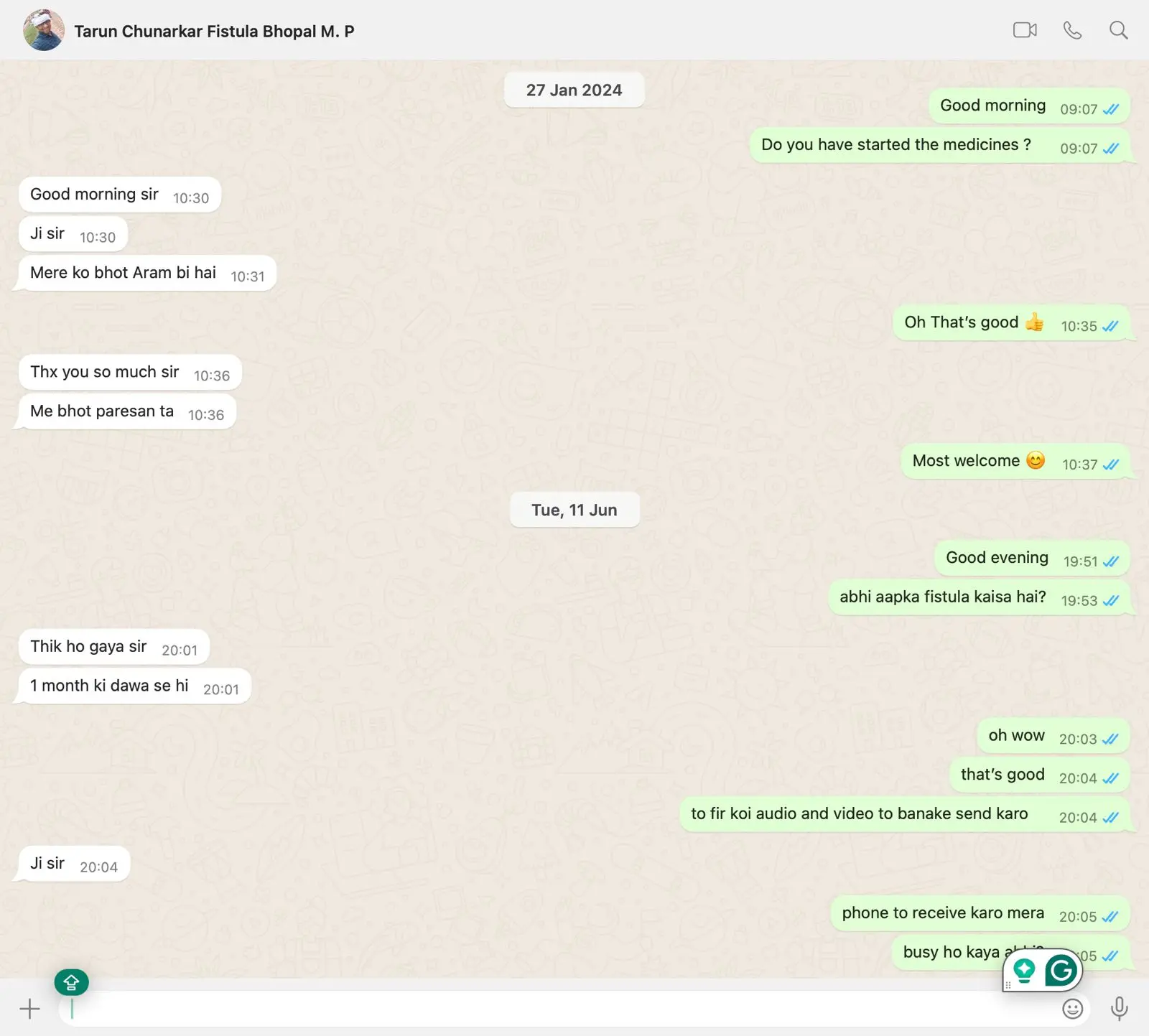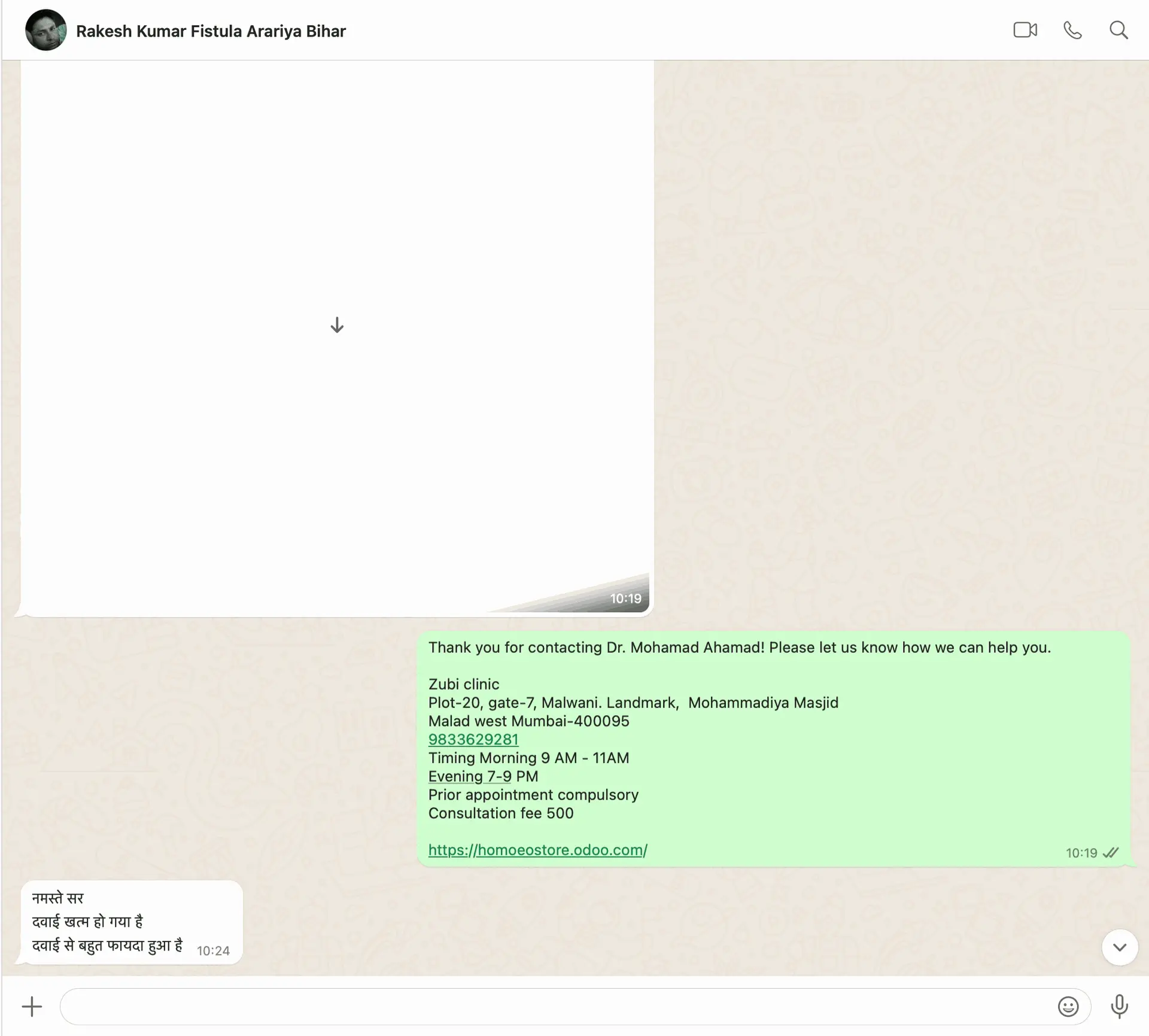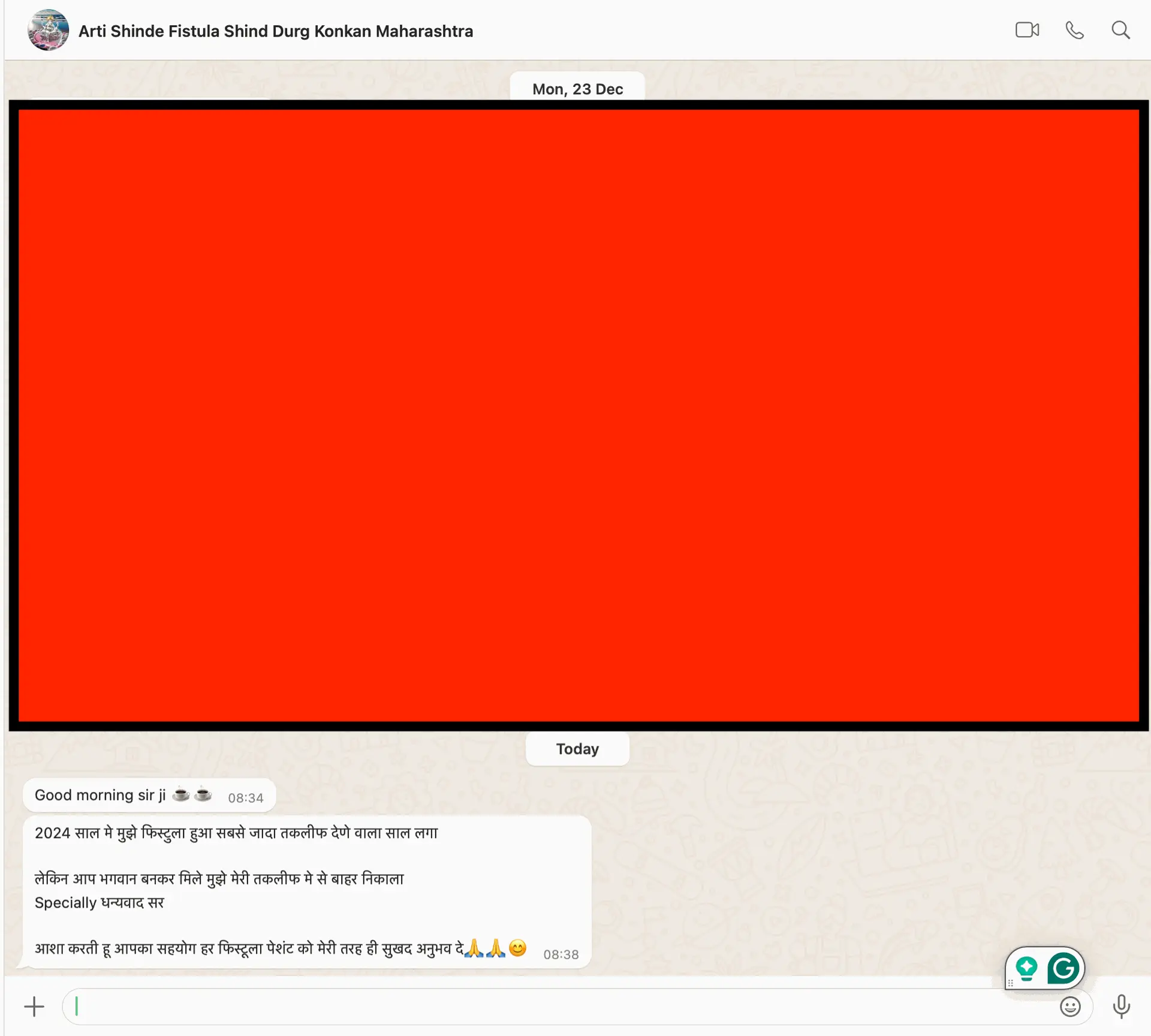Panic attacks and Generalized Anxiety Disorder (GAD) can feel overwhelming, especially when they hit suddenly. Your heart races, your thoughts spiral, and it may feel like you’re losing control or even in danger. But here’s the good news: there are immediate tools and techniques you can use to bring your body and mind back to calm—quickly and effectively.
Below are evidence-based, real-time methods to help you overcome anxiety and panic instantly or within minutes.
🧘♂️ 1. The Power of Deep Breathing
When anxiety kicks in, your breathing often becomes shallow and rapid. Deep, controlled breathing signals your brain that you are safe.
Try the 4-7-8 Method:
- Inhale through your nose for 4 seconds
- Hold your breath for 7 seconds
- Exhale slowly through your mouth for 8 seconds
Repeat this 4–5 times. You’ll notice your heartbeat slows and your mind begins to calm.
🧠 2. Name It to Tame It: Acknowledge the Feeling
Say out loud or in your mind:
“This is anxiety. It’s uncomfortable, but it’s not dangerous. It will pass.”
Labeling the emotion helps your brain shift from panic to problem-solving mode. It also reminds you that you’re not in real danger—even if it feels that way.
👣 3. Use the 5-4-3-2-1 Grounding Technique
This technique is powerful for both panic and GAD, as it brings your focus back to the present moment:
- 5 things you can see
- 4 things you can feel
- 3 things you can hear
- 2 things you can smell
- 1 thing you can taste
It calms the nervous system by pulling attention away from anxious thoughts.
🚶♀️ 4. Move Your Body – Even for 2 Minutes
Physical movement helps burn off the adrenaline flooding your system during a panic attack or anxious episode.
- Take a brisk walk
- Do jumping jacks
- Shake out your hands and arms
Just 2–3 minutes of movement can reset your nervous system.
💧 5. Splash Cold Water or Hold Ice
Cold sensations can "shock" the system out of panic. Try:
- Splashing cold water on your face
- Holding an ice cube in your hand
- Using a cold compress on the back of your neck
This triggers the dive reflex, which helps slow your heart rate and calm you down fast.
🧘♀️ 6. Progressive Muscle Relaxation (PMR)
This involves tensing and relaxing different muscle groups in your body, helping you release physical tension caused by anxiety.
Start from your toes, move upward:
- Tense a muscle group (e.g., feet) for 5 seconds
- Release and relax completely
- Move to the next area (e.g., legs, abdomen, chest, etc.)
💭 7. Challenge the Thought
Ask yourself:
- What’s the evidence that this thought is true?
- Is this a fact or just a feeling?
- What would I say to a friend in the same situation?
Cognitive reframing can break the cycle of irrational fears in GAD and panic attacks.
🎧 8. Use Soothing Tools: Music, Affirmations, or Guided Meditation
Have a go-to calming playlist or use an app like Calm, Headspace, or Insight Timer. You can also repeat affirmations like:
- “I am safe.”
- “This feeling is temporary.”
- “I’ve felt this before and I got through it.”
🛑 9. Stop Catastrophic Thinking With a Pattern Interrupt
When you feel your thoughts spiraling:
- Say “STOP” out loud or in your mind.
- Clap your hands or snap your fingers.
- Then shift your focus immediately to your breath or surroundings.
This helps disrupt anxious thinking patterns instantly.
👨⚕️ When to Seek Help
While these instant strategies are effective in the moment, chronic anxiety and panic attacks may need long-term management. It’s important to consult a healthcare provider or therapist for:
- Cognitive Behavioral Therapy (CBT)
- Homeopathy or natural remedies
- Medication (if needed)
With the right tools and support, anxiety can be managed and even eliminated over time.
✅ Final Thoughts
You can take control of anxiety—even in the moment. With the right techniques, you can regain calm, clarity, and confidence in just a few minutes.
Start practicing these tools regularly, even when you're not anxious, so they become second nature. Your brain learns, and over time, you’ll notice panic and GAD no longer have the same power over you.
